Do your students struggle to identify instances of symbolism in a text? Yeah, mine too. So today I am sharing some contemporary short stories, plus additional resources, to help you plan a unit on symbolism that is both compelling and memorable. Teaching symbolism with short stories helps students practice their analytical skills.
The first way I found to engage my students was to bribe, uh, I mean, reward them with candy. Candy was the perfect way to help my students finally get symbolism. But the biggest positive change I made when teaching symbolism with short stories was to revamp the texts themselves. I was getting burned out on using the same old stories. (And teachers, if you’re getting bored, you can bet your students are too.) Plus, “Masque of the Red Death” and “The Pearl” (a novella) may be great stories with a lot of literary merits, but they aren’t very inclusive.
So that’s why today I’m bringing you some contemporary texts for teaching symbolism which will revitalize your short story unit, and help your students identify and understand symbolism.
Teaching Symbolism with Short Stories
Big Mother by Anya Ow
Anya Ow wrote this story of fishing, childhood adventure, and ‘progress’ based on her own childhood in Singapore. A small group of children fish at a stream in search of a snakehead, a cunning white fish. When one kid goes missing, it seems to be because of Big Mother, a magical creature they found while fishing. I won’t spoil the rest, but it’s a real page-turner!
Teaching symbolism using Big Mother allows students to explore the symbolism of the quest to catch the fish, the feelings around actually doing so, and the tension around the ending.
Check out our new (2024) symbolism activity that uses Jason Reynolds’ short story “Eraser Tattoo!” You can also find it in our figurative language feast bundle.
“The Flowers” by Alice Walker
This is a coming-of-age story about a young Black girl named Myop. While picking flowers and exploring the woods around her home, she uncovers chilling evidence of a lynching. Since his story broaches a heavy topic, I wouldn’t use this short story without being prepared to engage in a larger discussion of racially motivated violence and the history of lynching in America.
Summer as a symbol of youthful innocence is a well-trod literary path, but this is an especially effective example. Walker creates and then shatters an idyllic setting in only two pages! Loss of innocence for Black children is also a uniquely complex issue. Many studies show that both Black boys and girls are perceived as being older and thus are subjected to higher expectations and less nurturing than their White peers. It might not be necessary to have student-facing materials about the loss of Black innocence, but it’s important for teachers to be aware of our own implicit biases when teaching symbolism using The Flowers.
“Real Monsters” by HD Hunter
You can find this short story in the collection A Magic Door and a Lost Kingdom of Peace. It is a sci-fi glimpse of an alternate reality in which humans unknowingly cohabitate on Earth with a race of monsters. The monsters, peaceful at first, are spurred to action by a massacre of their own at the hands of humans. They plot to overthrow humanity by using a fast-food chain to poison them. It’s a dark premise, but the story delivers in an entertaining way that leaves most of the “what if?”-ing in our heads.
The timeline of the story itself is one evening with one focus group with the advertisers of the fast-food chain. Through the group, we’re given a range of discussions on ethics, marketing, and the construction of reality.
When discussing and teaching symbolism, you can hone in on food, the monsters themselves, and the glass partition that separates the observers and the focus group. This story pairs well as an allegory with the TV episode “Monsters are Due on Maple Street.” “Real Monsters” contains three instances of swearing, so use your discretion. Be sure to check out Hunter’s other work, the novella Torment, and his conversation with us on the YA Cafe Podcast about the novel Pet.
Need more inclusive short stories? Here are some for Hispanic Heritage Month, AAPI authored, and LGBTQ+ authored. I also share short story assessment ideas too!
Additional Texts:
TV: “The Monsters Are Due on Maple Street” from The Twilight Zone
The Twilight Zone is famous for packing a punch at the end of its episodes, and this one is no different. This episode begins on the tranquil, all-American Maple Street right before a power outage. The neighbors seem friendly and helpful until the lights go out and mysterious things happen. In the residents’ race to find the monster, it’s revealed that the only monster haunting them is themselves.
One of my favorite TV episodes to use in ELA, “Monsters” is great for both middle and high school, particularly to accompany a dystopian unit. Given the historical context of the McCarthy era for this episode, this can be an excellent opportunity to introduce students to allegory. You can also find obvious examples of foreshadowing and a strong theme.
Song: “Burning House” by Cam (4:00)
This song by the country singer Cam is sad and somewhat eerie. It uses evocative symbolism of smoke and fire to describe the loss of love. Ask students to explore what the extended metaphor of the burning house could mean to the speaker when using this song for teaching symbolism. It pairs well with The Great Gatsby since Gatsby’s mansion also has a sense of sadness and emptiness about it, which is important to understanding Gatsby’s character. (You can find more ideas for teaching symbolism using The Great Gatsby here).
Student-Centered Research:
Students generate ideas of other places in songs, literature, art, and film that function as symbols. What are the commonalities between these symbols? What concrete attributes of the different portrayals of these places help us understand these symbols? Students can practice teaching symbolism by presenting these to each other in small groups. I often have students work in pairs and then present their work to two other pairs.
More ideas for using song lyrics in ELA!
Final Thoughts
I hope this blog post has given you some ideas on how to make your symbolism lessons more effective, and more inclusive. Didn’t find what you were looking for? Reach out to me on Instagram @nouvelle_ela, I’d love to help!
Do you have a foolproof method of teaching symbolism with short stories? Share it out in the comments below so we can all learn from you!
Want to read more about teaching literary elements? In these posts, I share texts and ideas for teaching setting, figurative language, suspense and pacing, conflict, characterization, metaphor, and irony.

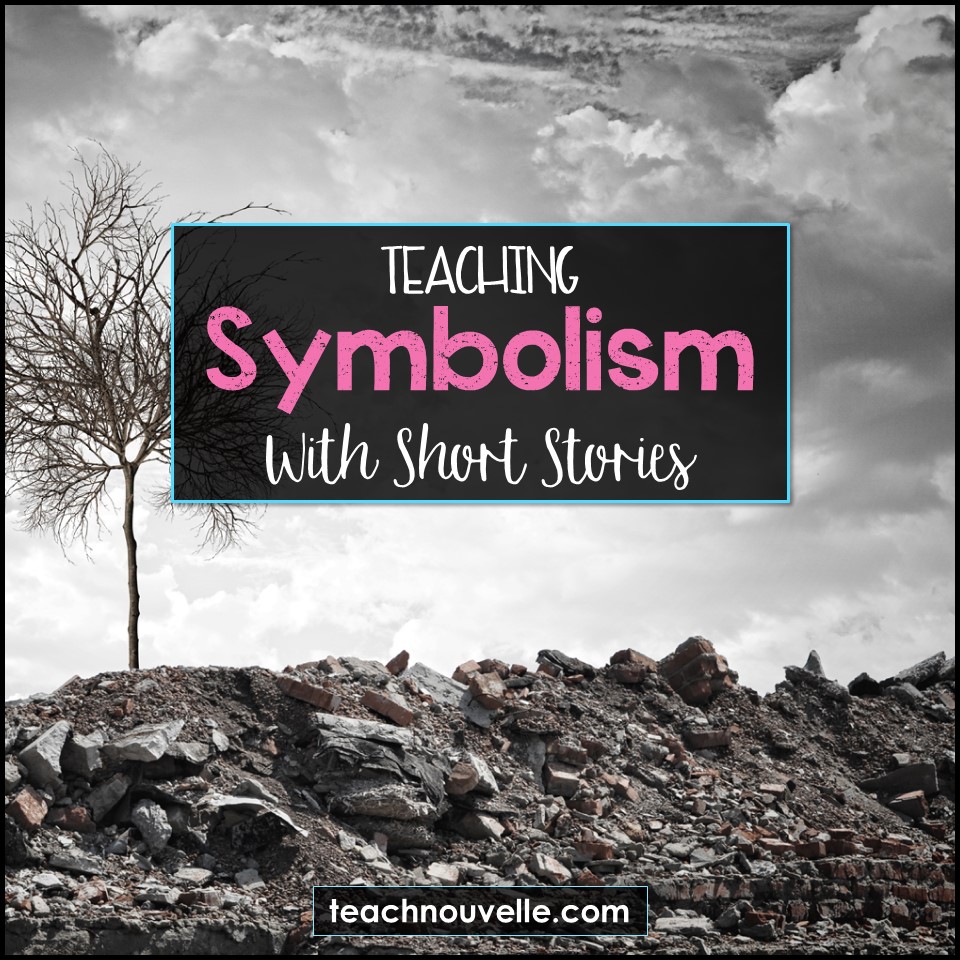
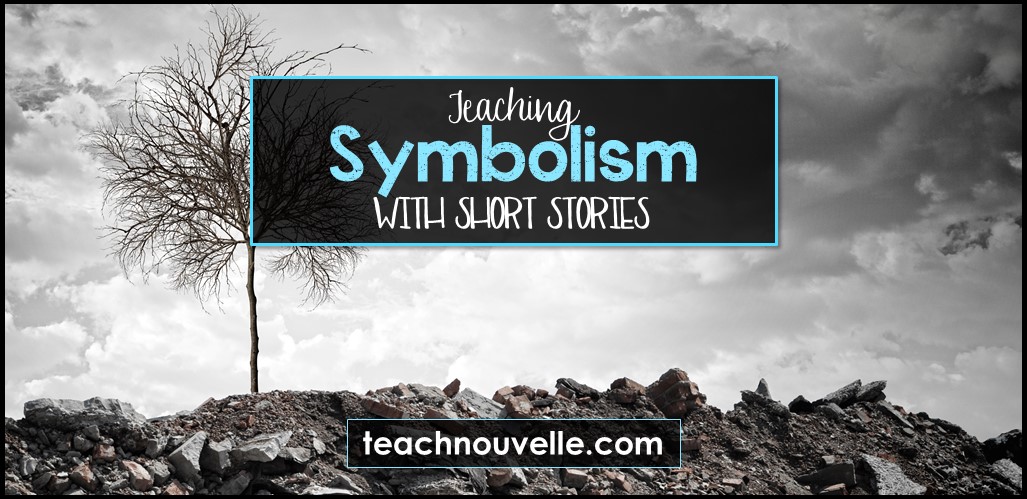
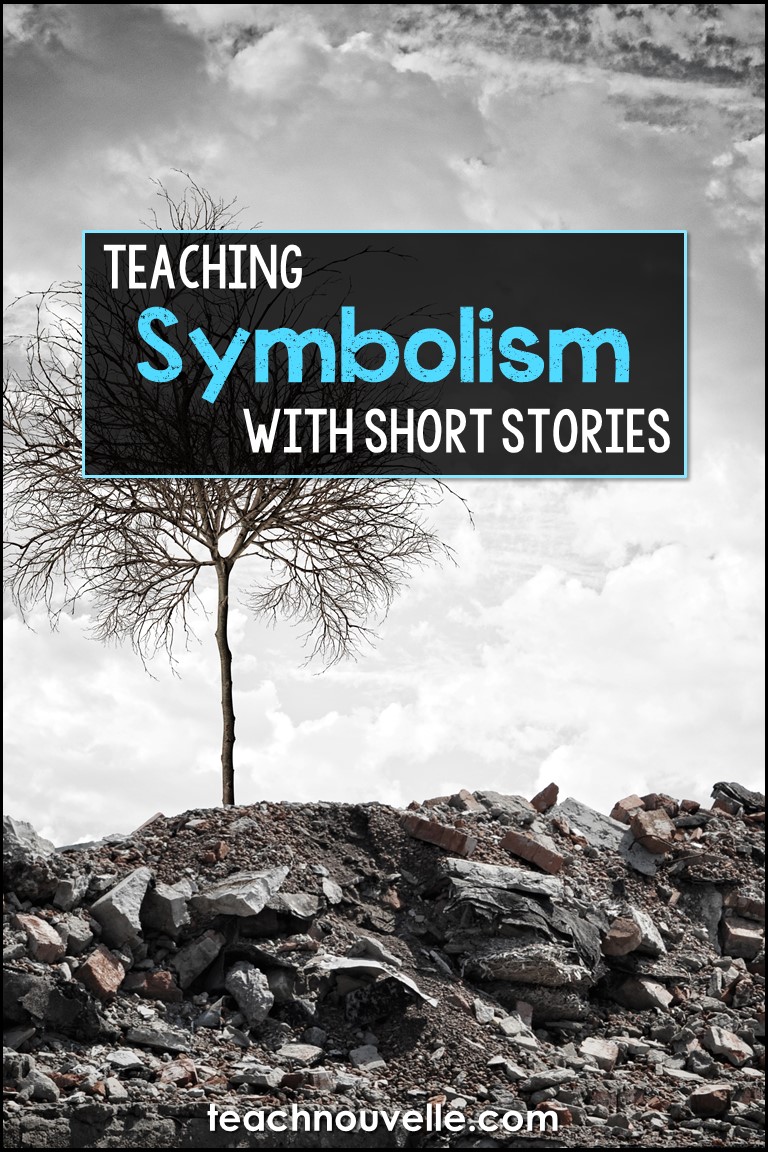
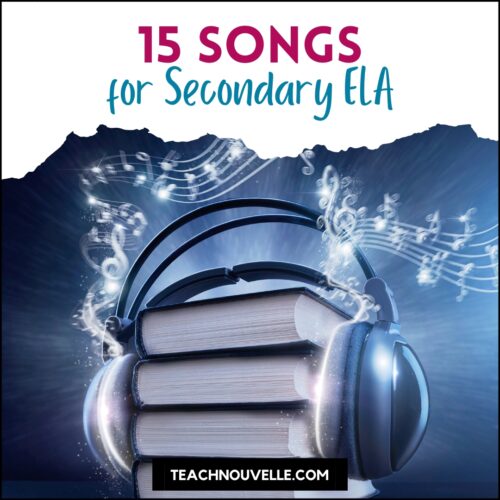

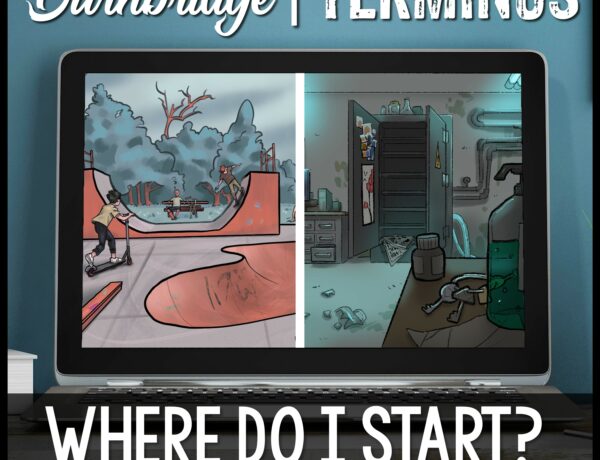
No Comments